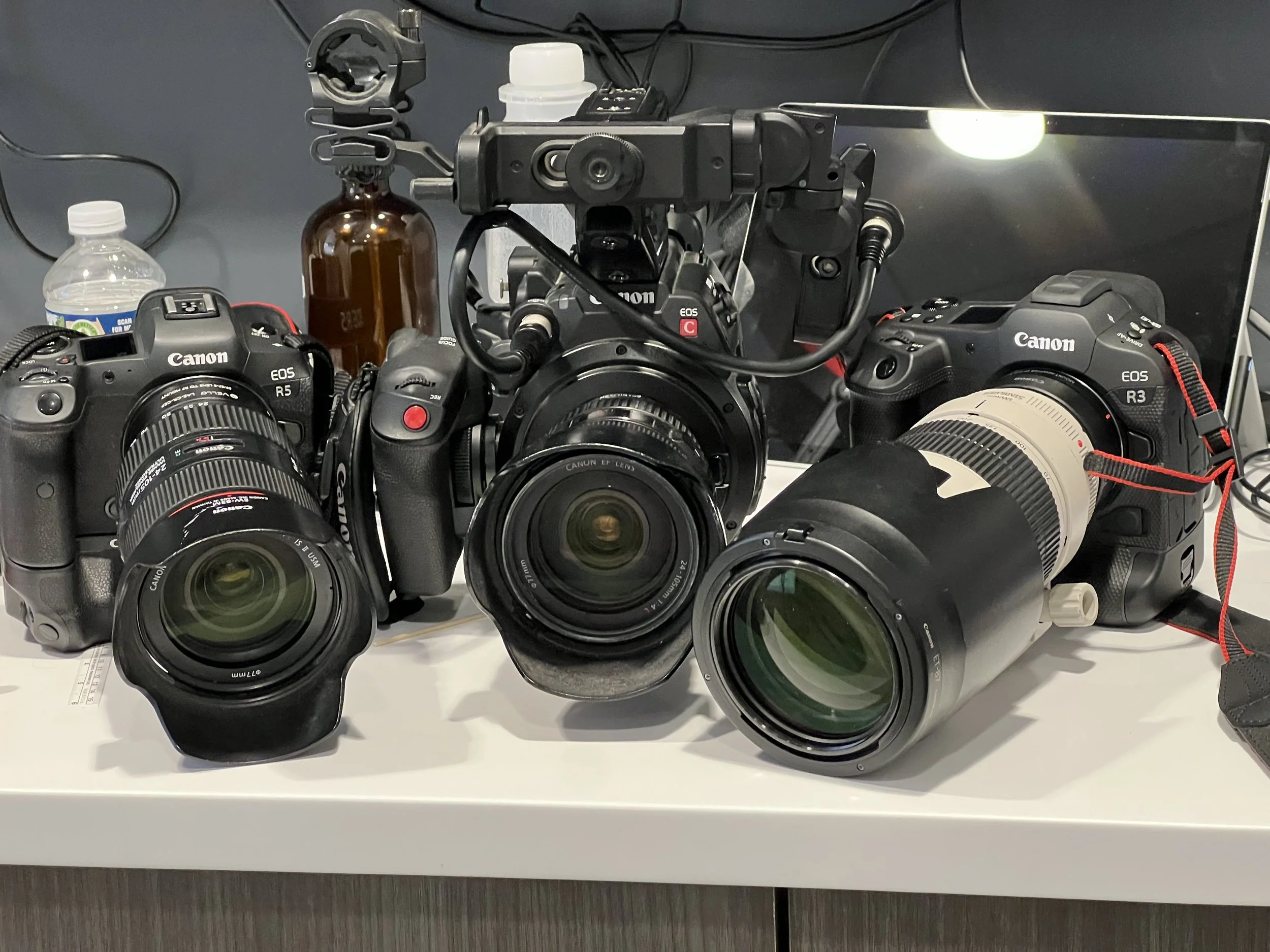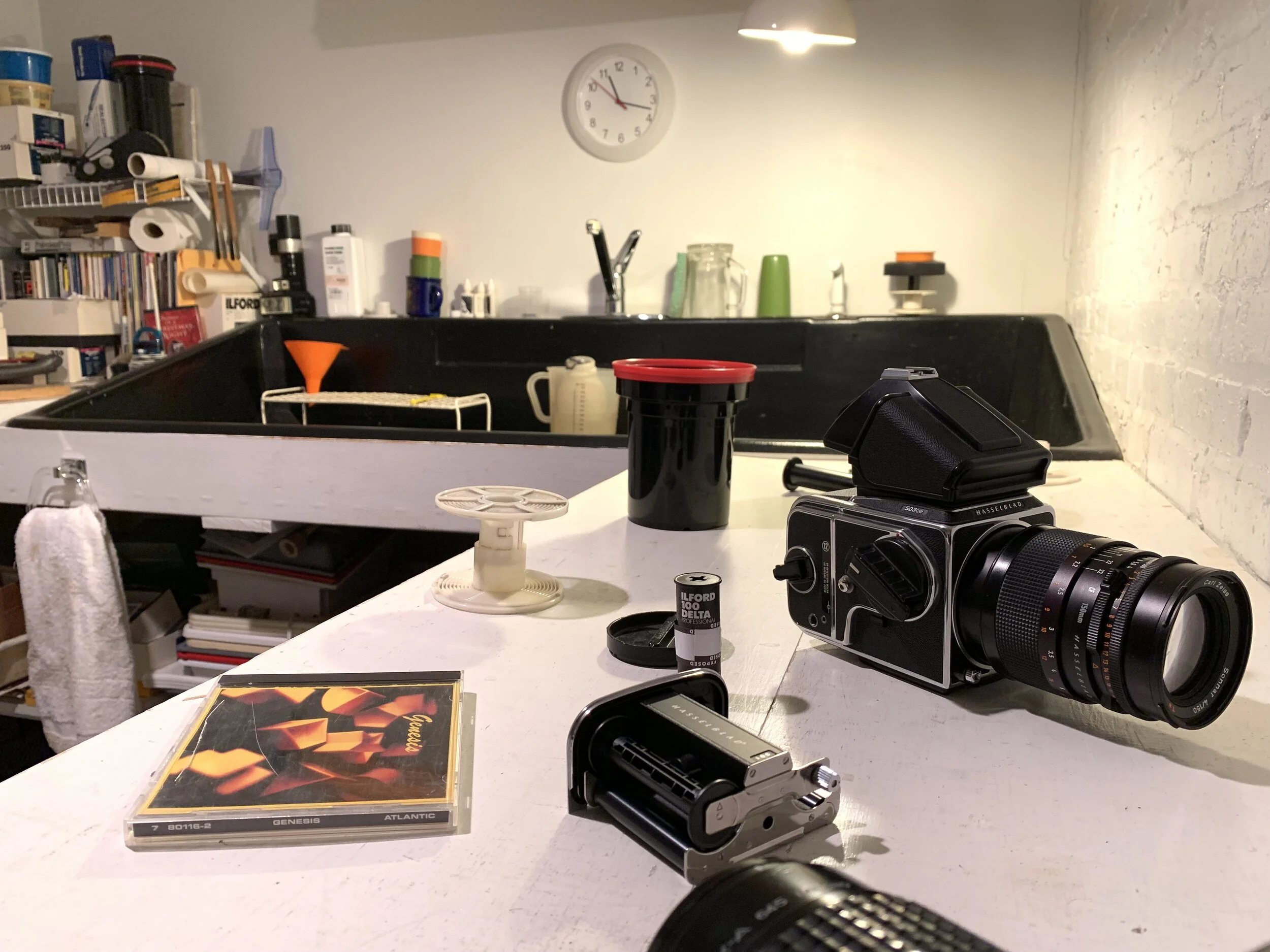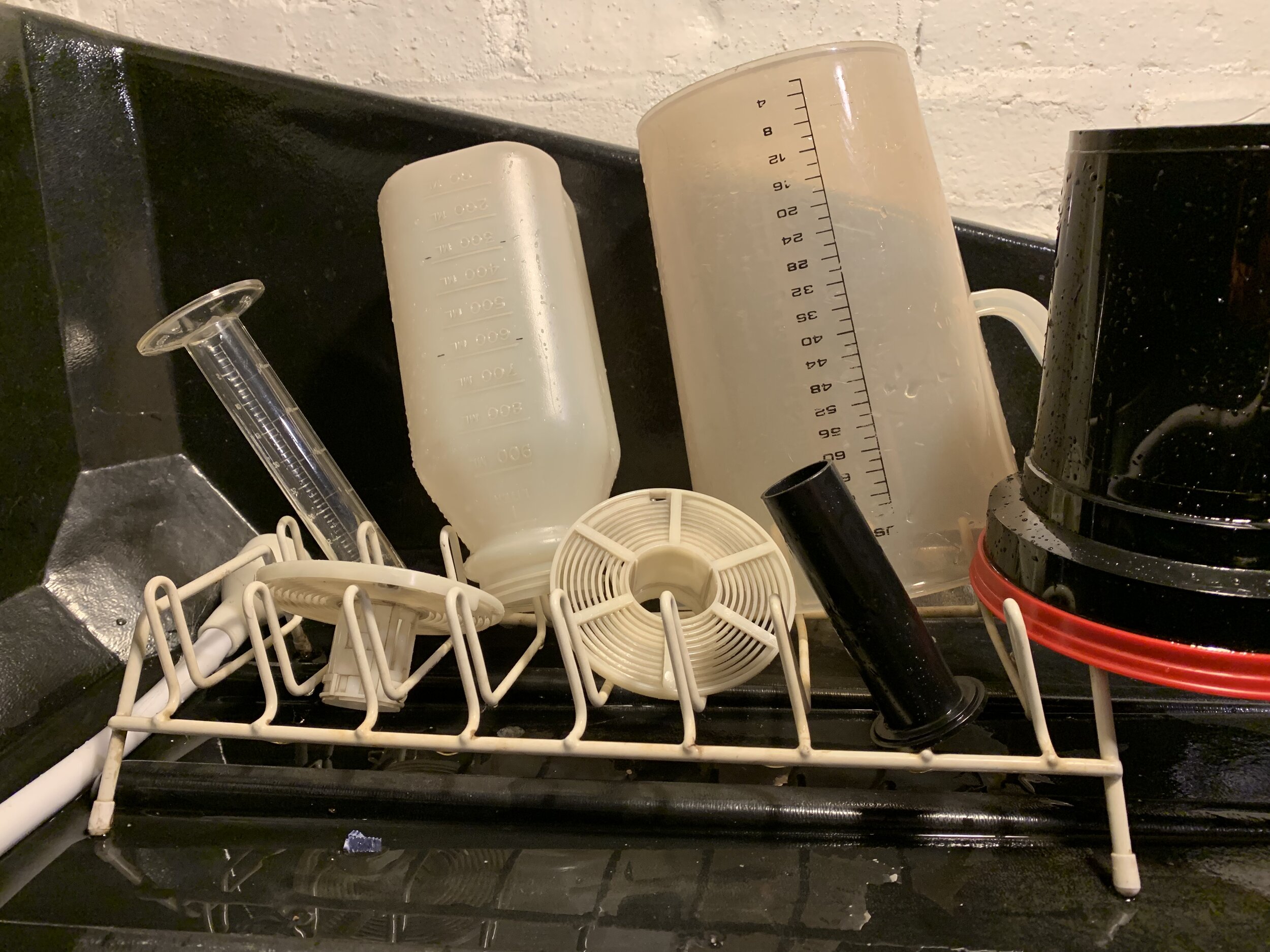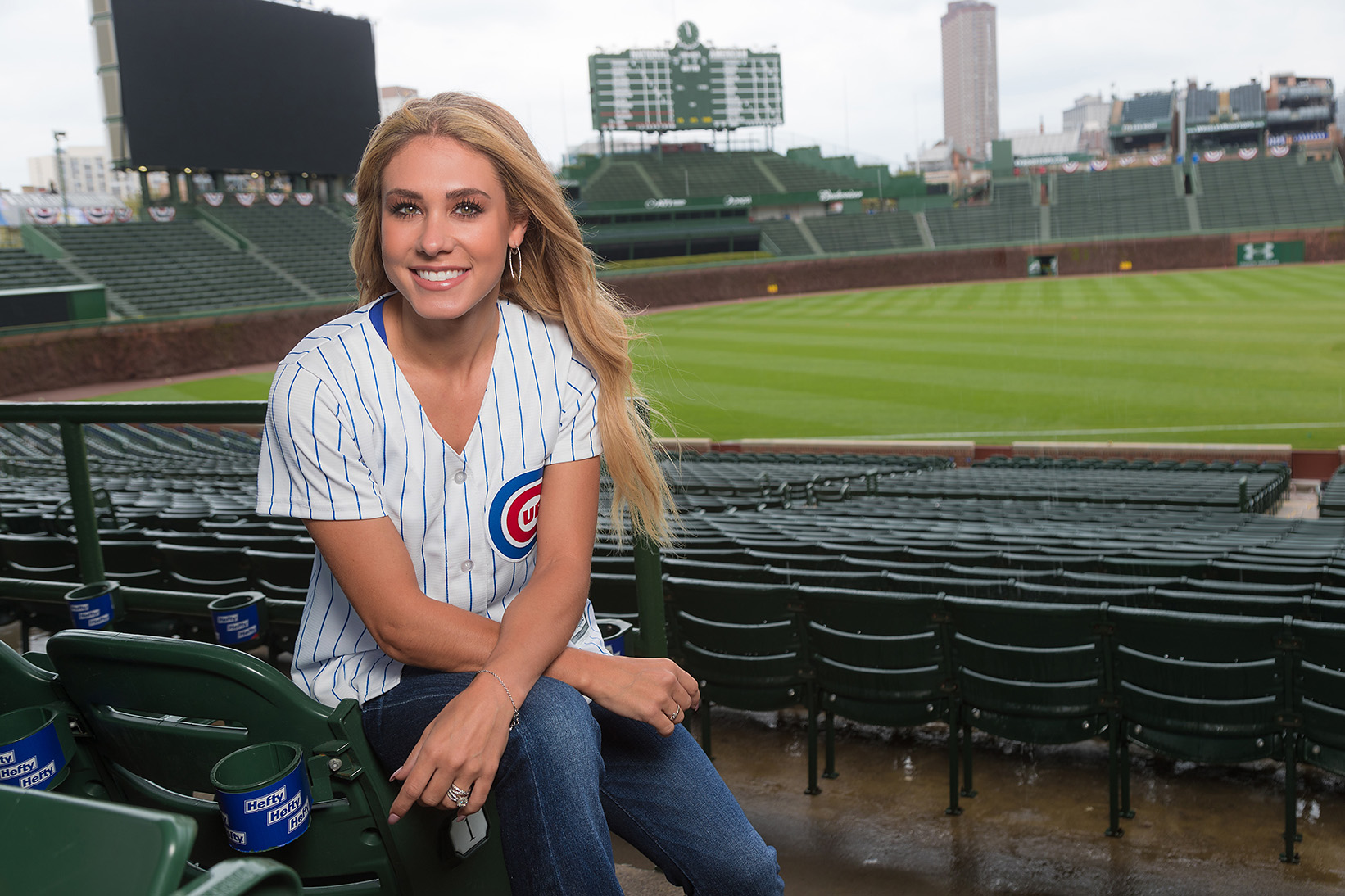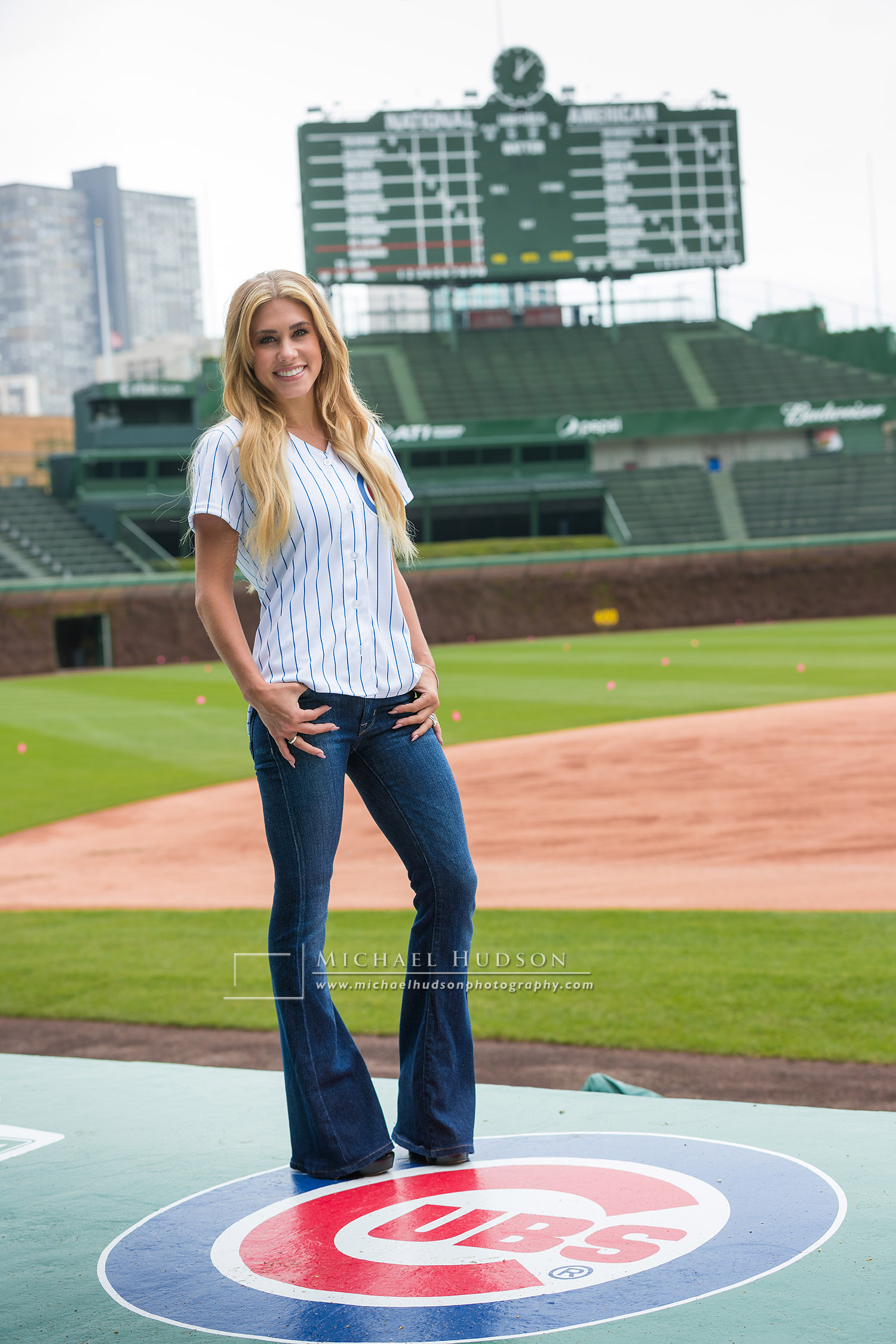I became a professional photographer in 1989, in the days of yore when film reigned supreme. Films like T-Max, Tri-X, Kodachrome, HIE Infrared and Kodak Technical Pan 2415 film often arrived in big boxes from New York City camera stores in large quantities. I made prints for my fine art exhibitions, putting on several shows of my work and selling a number of prints, even eventually producing higher end, hand colored black and white prints. Some images went on book covers and some in magazines and some were bought to hang on collectors’ walls. I loved the thrill of seeing a print appear in the tray of developer, then later holding a finished 8x10 in my hands, something that’s all but lost to most people in the age of digital photography.
Many of my commercial clients expected me to shoot black and white for the pages of their magazines or for press releases, so I naturally had to have a darkroom of my own to process the film and print the images. At first, I put pieces of cardboard in the windows of my apartment kitchen to create a temporary darkroom. When we bought our house at the end of 1996, the first thing I set to work doing was building a purpose built, permanent darkroom in my basement, running all the wiring and plumbing myself after learning how to do it from books in the library (it’s a source of immense satisfaction that it all still works today and I didn’t create a short circuit that burned down the house long ago).
I’ve developed thousands of rolls of film over the years, and made thousands of prints down in my basement. But while I enjoyed working in the darkroom, I didn’t enjoy endlessly printing some of the large commercial jobs, being on my feet and breathing in chemicals for hours on end. So when I began the transition to digital photography in 2002, my darkroom eventually saw less and less use. But I still got a lot of pleasure from working in there, so I mostly left it as it was. From time to time, I’d develop a roll or two of film, or even make some prints- mostly fine art images or pictures of my kids. But until last night, I hadn’t used the darkroom for making pictures for maybe five years or more.
My youngest daughter turned fifteen this past weekend, so I got the lights out and took some pictures to mark the occasion. While I took some shots on my medium format digital camera (mainly for insurance in case the others didn’t come out), I also dusted off my weighty Hasselblad 503CW to expose a roll of Ilford Delta 100, one of the sharpest films out there (it’s been languishing in my freezer since 2005). I still love shooting film, specially when I’m shooting personal work and care abut the final product.
Last night, I spent an hour in the darkroom developing that roll of film, among old bottles of developer, fixer, cassette tapes and my six foot long sink with the ten year warranty that still doesn’t leak (whew). I had to remember how to mix HC-110 dilution B (1:31) again. I was using a new hose to wash the tank out because my old one had cracked with age.
I put on the first CD I ever bought (1986) in the stereo and reminisced while I agitated the developing tank for six minutes at 68 degrees. I usually wrote on the bottles when I bought chemicals or mixed them up, so it was interesting to see how many were at least 15-20 years old. I liked looking at the test strips stuck to the wall- pictures of my wife or kids at the turn of the century when they were babies or before they went off to kindergarten. The B&H catalog from 1998 made for interesting reading while I was waiting for the fixer to do its thing.
After thirty or forty minutes, the cap came off the tank, and lo and behold, I was pleased to see that I hadn’t forgotten how to develop a roll of black and white yet– the film was perfectly exposed and developed.
I have about twenty or thirty rolls of Delta 100 (120 size) in my freezer still and I plan on shooting it all. I probably can’t say the same for all the 35mm color Fuji Reala or Sensia that will probably never be used and is just taking up space that could be better used by bags of frozen chicken or tubs of ice cream. But now I’m already thinking, what can I shoot next? With all my 35mm cameras (probably a dozen or more) plus half a dozen medium format cameras and a 4x5 field camera all still around, I just need to find the right subjects to shoot now.

